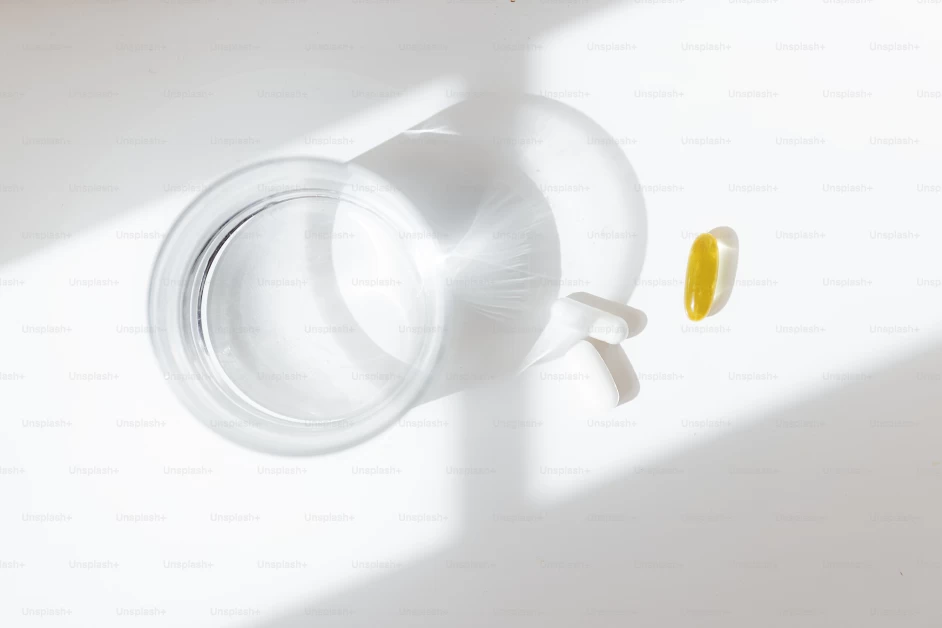Table of Contents
Introduction
Magnesium oxide boards, commonly known as MgO boards, are a popular choice in the construction industry due to their fire-resistant properties and durability. Made from a mixture of cement, sand, and water, these white boards offer numerous benefits, including chemical resistance and high tensile strength. However, one significant drawback is the issue of sweating, which can lead to moisture damage and mold growth. In this guide, we will explore the causes of sweating in MgO boards and provide tips on how to prevent it.
Causes of Sweating in MgO Boards
MgO boards have gained recognition as an environmentally friendly and durable alternative to plywood and OSB. However, they are prone to sweating, especially when used as sheathing. Sweating occurs when moisture penetrates the boards, leading to serious mold problems. The binder in MgO boards is created through a chemical reaction between magnesium oxide and magnesium chloride. This composition, combined with the presence of organic and inorganic fillers, makes the boards susceptible to moisture absorption. High relative humidity environments can trigger the absorption of moisture from the air, resulting in the release of salty water. This salty water is corrosive and can cause moisture-related issues, including mold growth, corrosion of steel frames, and damage to metal fasteners and profiles.
How to Prevent Sweating in MgO Boards
Preventing sweating in MgO boards is crucial to avoid the negative consequences associated with moisture damage. Here are some tips to help you prevent sweating:
- Choose MgO Boards without Magnesium Chloride: Opt for MgO boards that do not contain magnesium chloride. These boards are more stable in humid environments and are less likely to sweat.
- Consider Alternative Production Methods: MgO board production methods have evolved to combine the durability of magnesium oxide cement with the strength of heavy-duty alkaline-resistant fiberglass mesh. Some alternatives have replaced magnesium chloride with magnesium sulfate, eliminating the sweating issue.
- Avoid Exposing MgO Boards to Moisture: MgO boards should not be used in situations where they come into direct contact with moisture. Avoid using them outside of the home or in areas prone to high humidity.
- Proper Installation and Ventilation: Ensure that MgO boards are properly installed, allowing for proper ventilation and airflow to minimize moisture buildup. This can help prevent sweating and reduce the risk of mold growth.
Benefits of MgO Boards
Despite the sweating issue, MgO boards offer numerous benefits that make them a popular choice in construction:
- Fire Resistance: MgO boards are classified as Class A1 materials, making them highly fire-resistant. This property enhances the safety of structures and reduces the risk of fire-related damage.
- Lightweight and Flexible: MgO boards are lighter and more flexible than traditional building materials such as plywood. This makes them easier to handle and install, reducing construction time and labor costs.
- Chemical Resistance: MgO boards are highly resistant to chemicals, making them suitable for use in environments such as hospitals and laboratories where exposure to corrosive substances is common.
- Durability: MgO boards have a high tensile strength and are resistant to impact and wear. They can withstand harsh conditions and maintain their structural integrity over time.
- Cost-Effective and Sustainable: MgO boards can reduce construction costs due to their lightweight nature and ease of installation. Additionally, their production process has a reduced carbon dioxide footprint, making them a more sustainable choice.
In conclusion, MgO boards are a versatile construction material with numerous benefits, including fire resistance, chemical resistance, and durability. While sweating can be a concern, choosing MgO boards without magnesium chloride and implementing proper installation and ventilation measures can help prevent this issue. Consider the advantages of MgO boards and their suitability for your construction projects, keeping in mind the specific environmental conditions and requirements of your intended application.
For more information on MgO boards and other construction materials, visit https://aboutmanukahoney.com.

